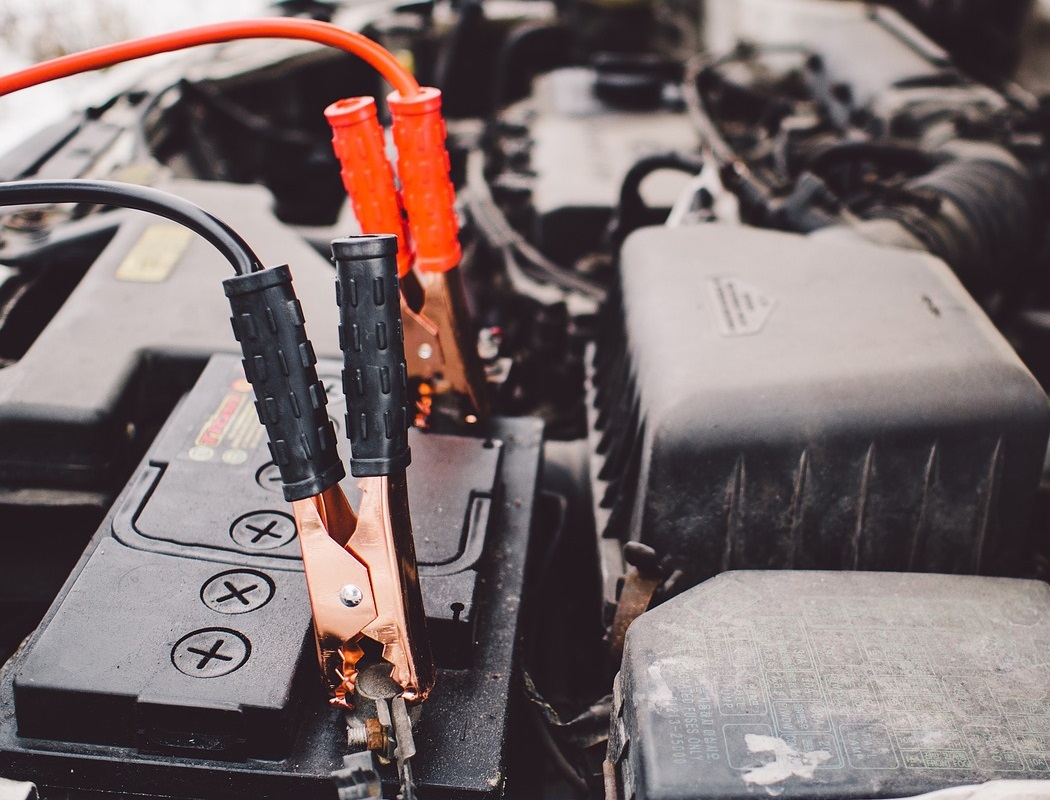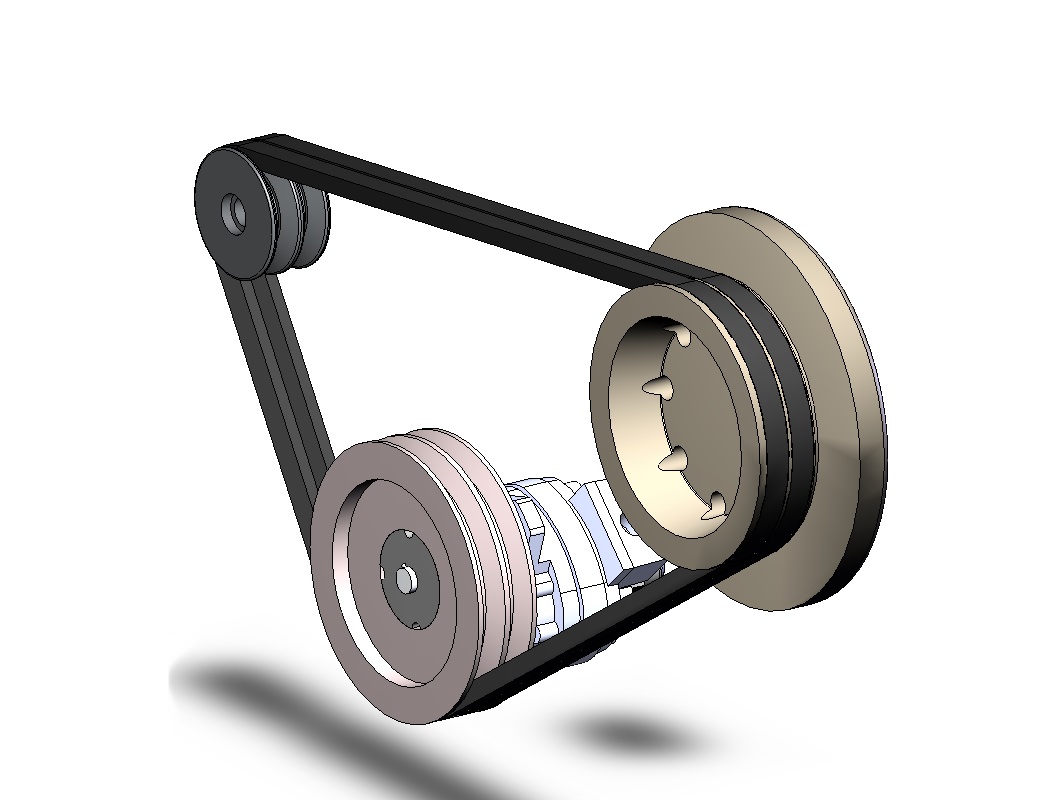
Lifetime Parts: Battery
An engine battery is a device, which stores electrical energy and is continuously charged by the alternator. Its primary purpose is to provide power to start an engine.
When it comes to vehicle maintenance, “normal” is determined by a number of factors that exist in theory but rarely come to pass. For instance, a battery has an average normal lifespan of four years under normal conditions. “Normal” in this case means the battery goes through full charge cycles, isn’t subjected to extreme temperatures, is attached to a reliable and consistent charging system and isn’t providing power for a ton of accessories. See, normal just isn’t normal. In the real world, temperature extremes, vibration, short trips down the street and an ever-increasing array of MP3 players, GPS receivers and other devices take a toll on the battery.
If you look at a typical lead-acid maintenance-free car battery, it’s easy to make sense of why these factors affect normal battery life. Inside the plastic box are plates of materials like lead and lead dioxide. The plates are suspended in a mix of water and sulfuric acid, which forms an electrolytic solution. This solution allows electrons to flow between the plates — that flow of electrons is essentially electricity.
A host of factors can disturb this chemical reaction. Vibrations from rough travel or a poorly-secured battery can shake loose or damage the plates. Extreme heat speeds up the chemical reaction, shortening battery life, while extreme cold can sometimes prolong battery life by slowing down the reaction. This is why some batteries are covered by an insulating sleeve to keep extreme temperatures in check.
Driving style can affect the reaction, too. Starting the car takes a huge jolt of electricity, so the charging system has to step in to replenish the battery. If you have a short commute or take lots of brief trips, the battery never gets fully charged. This constant state of undercharge results in acid stratification. Inside the battery, the electrolytic solution goes from homogenous — or the same all the way through — to a rough vertical split. The upper half of the solution is a light acid, while the bottom is a heavy acid. The light acid layer will begin to corrode the plates, and the heavy acid solution will start to compensate for the car’s electrical needs by working harder than it’s designed to work. The result is a shorter battery life, even though the battery shows up as working on routine tests.
Fact: What’s the average lifetime replacement cost? Answer: $359.85-$479.80Disclaimer Information: The above listed information is based on the average vehicle on the road today is 11.7 years; experiencing sever weather climate, and extreme driving conditions and driving habits. This is the opinion of Total Car Care Guaranteed For Life, Inc and you should always refer to your vehicle owner manual. Price estimation includes parts and labor cost to replace original replacement part.

